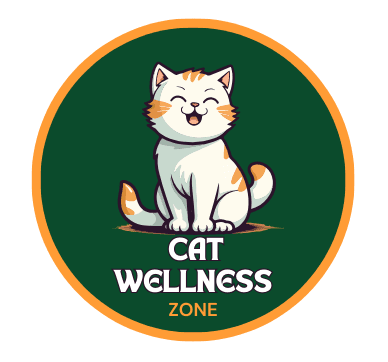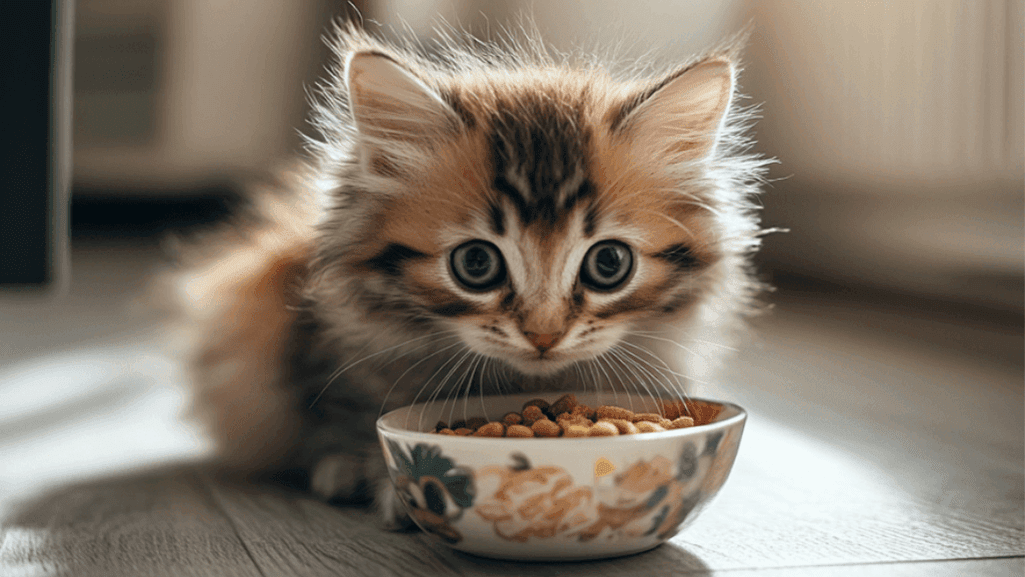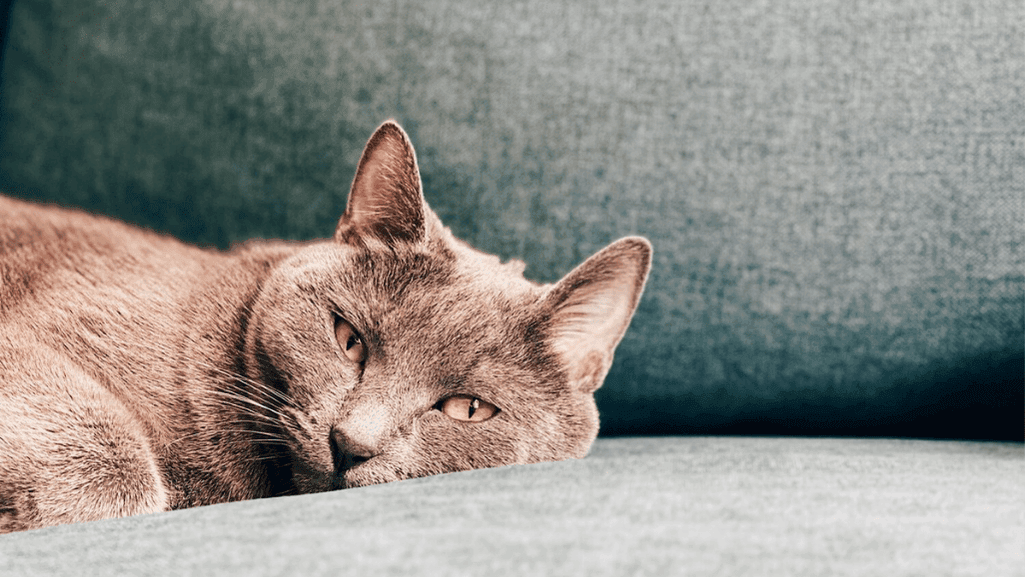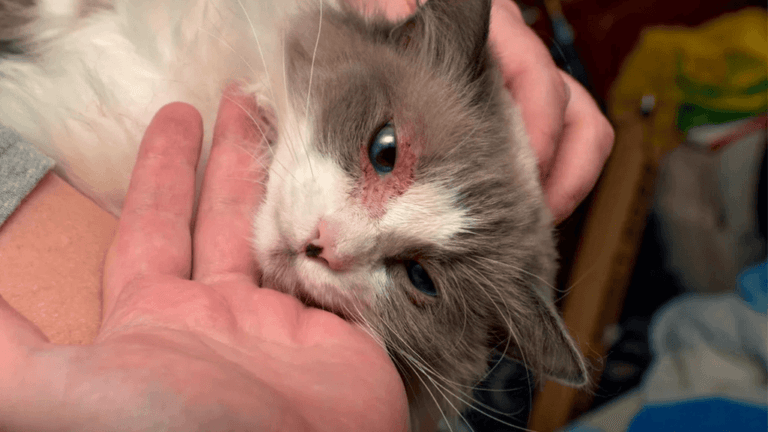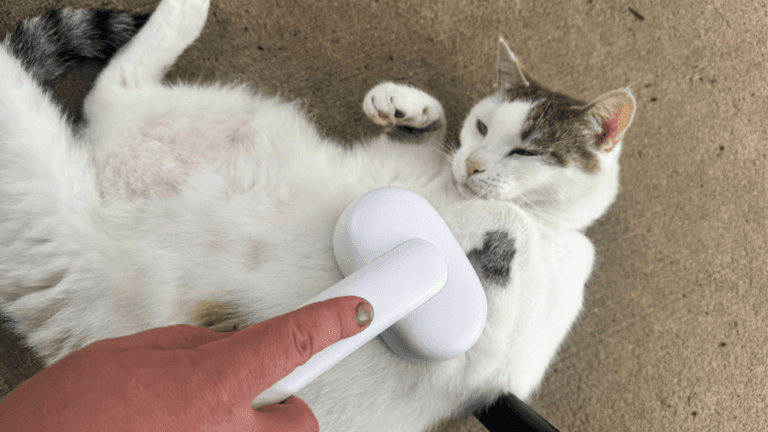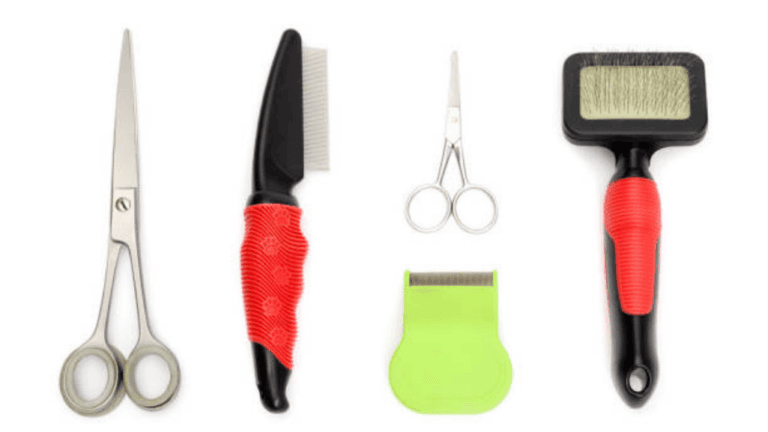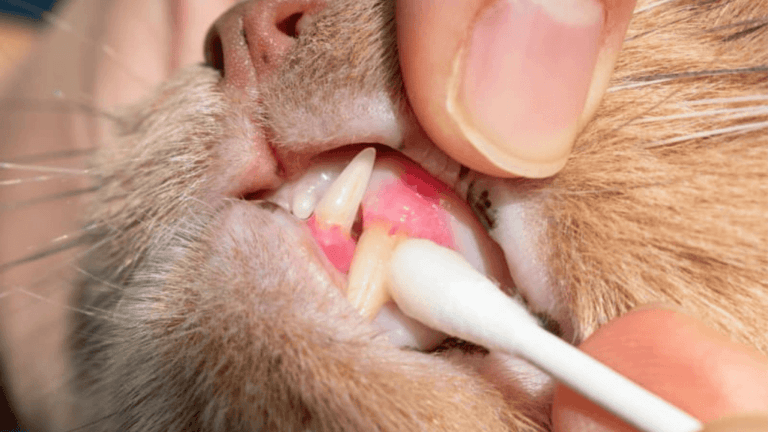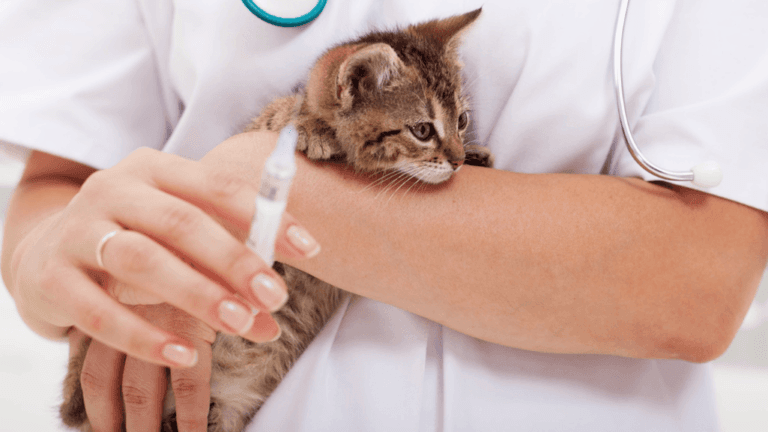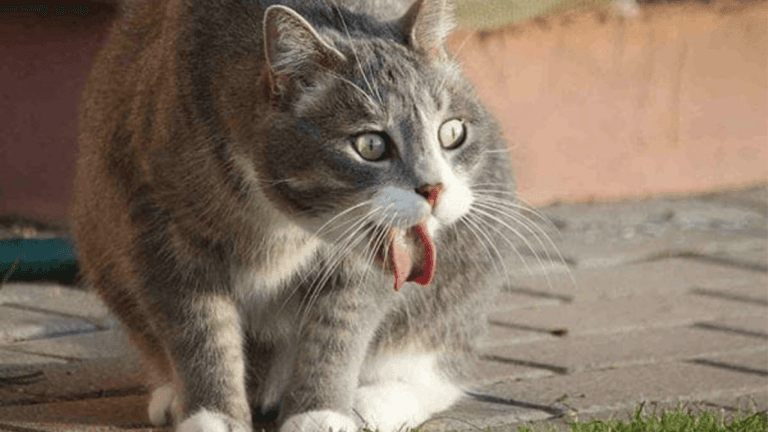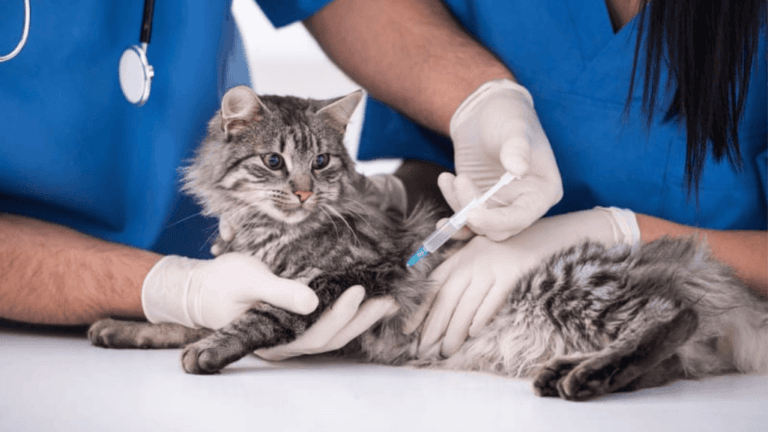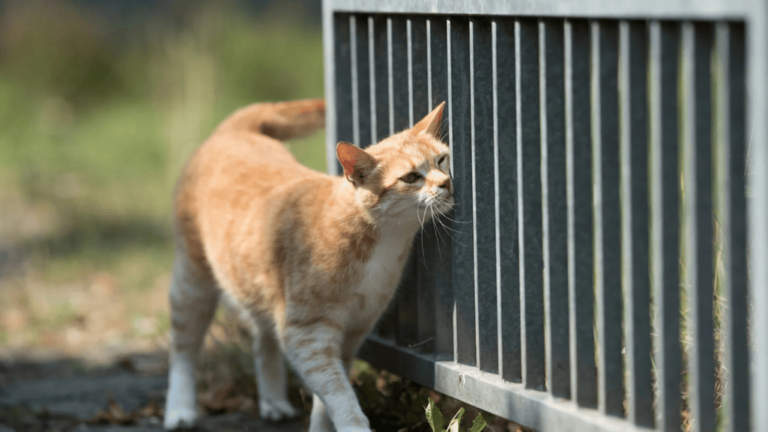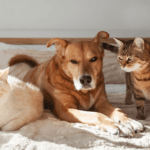Cats are known for being picky eaters. In 2024, more pet owners are making their own cat food. They want to control what their cats eat.
Store-bought cat foods have many options. But, they might have fillers and preservatives. These aren’t always good for cats.
Homemade cat food lets you make meals just for your cat. It’s fresher and healthier than store-bought food. You can also save money by making your own treats.
There are many recipes and supplements online for cat food. This helps cat owners learn about feline nutrition. You can make meals that are both tasty and healthy for your cat.
Key Takeaways
- Homemade cat food gives you control over ingredients and can be tailored to your cat’s needs
- Making your own cat meals can be more nutritious and cost-effective than store-bought options
- Essential nutrients for cats include animal protein, fats, vitamins, minerals, and water
- Readily available recipes and supplements make it easy to create balanced homemade cat food
- Understanding feline nutrition is key to keeping your cat healthy and happy
Why Make Homemade Cat Food?
As a devoted cat owner, you want the best for your feline friend. This includes a nutritious and balanced diet. Many pet owners are choosing homemade cat food recipes for their cats. They want to ensure their pets get the best ingredients and tailored nutrition.
Preparing homemade cat food lets you pick ingredients that meet your cat’s needs. If your cat has allergies or health conditions, you can make veterinarian-approved recipes for them. Using organic, free-range, and naturally-fed poultry provides high-quality protein, but it might cost more than premium wet cat food.
Fresher and More Nutritious
Homemade cat food is often fresher and more nutritious than store-bought options. By making meals from scratch, you can give your cat a variety of essential nutrients. But, it’s important to follow trusted sources and guidelines to avoid health problems.
“Cats who eat a homemade diet should be seen by a veterinarian two or three times a year to monitor for diet-related health problems.”
While homemade cat food has many benefits, it requires careful attention. Talk to a board-certified veterinary nutritionist or use online services like Petdiets.com and BalanceIt.com for veterinarian-approved recipes and advice on cat dietary supplements. By spending time on proper cat meal prep and watching your cat’s health, you can help them thrive on a homemade diet.
Essential Nutrients for a Balanced Feline Diet
It’s important to know what nutrients your cat needs for a healthy diet. Cats are meat-eaters and need animal proteins to stay healthy. A good diet should have high-quality protein, fats, vitamins, minerals, and lots of water. These nutrients help your cat stay healthy and happy.
Protein
Cats must eat meat to survive. Choose cat food or treats with animal protein as the first ingredient. This ensures they get the amino acids they need.
Fats
Healthy fats like omega-3 and omega-6 are key for your cat’s skin and coat. You can find these in fish oil and flaxseed oil. Adding these fats to their diet keeps their coat shiny and skin healthy. Make sure to include them in homemade cat food or raw cat food.
Vitamins and Minerals
Vitamins and minerals are vital for your cat’s health. They support the immune system, growth, and skin. Vitamins A, D, B1, B2, B3, and B6 are important. Minerals like iron, calcium, and magnesium help prevent anemia and support bone growth. Choose cat food or recipes that include a balanced mix of these nutrients.
“Cats need over a dozen nutrients such as vitamins, minerals, fatty acids, and amino acids for a balanced diet.”
Water
Keeping your cat hydrated is key. Wet cat food is rich in water, helping to keep them hydrated. When making homemade cat food, use moisture-rich ingredients. Always have fresh water available for them to drink.
Focus on these nutrients for a balanced diet. Use high-quality protein, healthy fats, vitamins, minerals, and water. Whether you choose commercial food, make your own, or give healthy treats, prioritize these nutrients. Always talk to your vet before changing your cat’s diet, to ensure their health needs are met.
Simple and Quick Cat Food Recipes
Making balanced cat cuisine at home is easy. Just use simple ingredients and follow some tips. You can make veterinarian-approved cat meals that keep your cat happy and healthy. These cat recipe ideas are quick, easy, and fun for your kitty.
When making homemade cat food, pick ingredients that are good for your cat. Chicken hearts are great for taurine, which cats need a lot of. Also, add B complex vitamins, calcium, and low-sodium salt for iodine. This way, you can make sure your cat gets all the nutrients they need.
One big plus of making your own cat food is you can customize it. Whether you choose wet cat food or dry cat food, you can pick the ingredients. Here are some kitty meal ideas to start with:
Chicken and Rice Recipe
This mix is both healthy and simple to make. Cook the chicken, mix it with cooked rice, and add supplements. It’s easy to make in bulk and keeps well, perfect for busy pet owners.
Tuna and Egg Recipe
For a meal full of protein, mix canned tuna with a beaten egg and supplements. It’s tasty and packed with nutrients. Plus, it’s a good way to use up leftover canned tuna.
Beef and Vegetable Recipe
A homemade cat food recipe that includes heart and liver is essential for providing the necessary nutrients for a balanced feline diet.
Ground beef mixed with chopped veggies and supplements makes a tasty, healthy meal. You can add veggies like carrots for extra fiber. This way, your cat gets all the nutrients they need.
When making homemade cat food, always follow food safety rules. Sanitize surfaces, use fresh meat, and wash your hands after handling raw ingredients. With these steps and your vet’s advice, you can make cat treat recipes that are good for your cat’s health.
Homemade Cat Treats and Snacks
Making homemade snacks for your cat is a loving gesture. It ensures they get a healthy, balanced diet. With simple ingredients, you can make tasty treats that meet their carnivorous needs and provide vital nutrients.
One easy recipe mixes canned chicken, yellow cornmeal, and egg. It makes about 30 treats, each with 22 calories, 1g of fat, and 1g of protein. It only takes 4 minutes to prepare and 6 minutes to cook, perfect for those with busy schedules.
Tuna bites are another tasty treat idea. They use 5 ounces of canned tuna. These snacks are not just tasty but also full of nutrients. Each serving has 35 calories, 4g of carbs, 2g of protein, and 2g of fat, along with vitamins and minerals.
“Homemade cat treats offer a wonderful opportunity to provide your feline companion with a healthy, natural alternative to store-bought snacks.”
Keep homemade treats in an airtight container in the fridge for up to a week. Because of ingredients like eggs and tuna, don’t leave them out for more than a day. If you want to store them longer, freeze them in a ziptop bag for up to three months once they cool.
While homemade treats are great, they shouldn’t replace a balanced raw cat diet or organic cat food. Adding these easy cat recipes and cat meal ideas to your pet’s diet can offer variety and ensure they get all the nutrients they need for good health.
Tips for Transitioning Your Cat to Homemade Food
More cat owners are choosing homemade food for better nutrition. This is great for cats with allergies or digestive issues. But, it’s important to do it slowly and carefully to keep your cat healthy.
When making diy cat food, use lean proteins and enough moisture. Cats need protein for amino acids like EPA and DHA. Stay away from harmful foods like uncooked meat and onions.
Gradual Introduction
Start adding homemade food slowly over 7-10 days. Mix it with their old food, increasing the homemade part little by little. This helps their stomach adjust and avoids upset.
Monitor Your Cat’s Health
Watch your cat closely during the change. Look for signs like vomiting or diarrhea. If you see any problems, talk to your vet right away. You might need to change the food back.
Consult with Your Veterinarian
Talk to your vet before changing your cat’s diet. They can help make sure the food is balanced and healthy. Your vet might suggest supplements to keep your cat well.
“Feline Nutrition’s Easy Homemade Cat Food Recipe” is a trusted recipe that has been used for many years with thousands of cats, indicating a proven track record of success within the feline community.
Look for vet-approved cat dishes or pet diet recipes from experts. Stick to the recipes to avoid health problems. With patience and your vet’s help, you can make tasty, healthy high-protein cat meals at home.
Frequently Asked Questions About Homemade Cat Food Recipes
Many pet owners wonder about homemade cat food recipes. They ask about benefits, safety, and how easy it is to prepare. Here are answers to common questions to help you decide on natural cat meals and easy food alternatives.
Is homemade cat food better than commercial cat food?
Homemade cat food has many benefits. You can choose the ingredients, ensure freshness, and tailor meals to your cat’s needs. It’s a way to give your cat high-quality, protein-rich food. But, it’s key to follow balanced recipes to ensure your cat gets all the nutrients.
Can I feed my cat a vegetarian or vegan diet?
Cats need animal proteins to stay healthy. A vegetarian or vegan diet can cause health problems. Always use high-quality animal proteins in homemade cat food to meet your cat’s nutritional needs.
How much homemade food should I feed my cat?
The right amount of homemade food depends on your cat’s age, weight, and activity level. Cats need 15-25 calories per pound of body weight daily. Start with small amounts and adjust based on your cat’s weight. Your vet can help find the right serving size.
How long can I store homemade cat food?
Homemade cat food can be stored in the fridge for 5 days or frozen for longer. Portion meals in advance and store in airtight containers or freezer bags. This keeps the food fresh and easy to serve.
Understanding homemade cat food benefits and considerations helps you choose nutritious meals. With many easy cat food ideas, you can create a diet that suits your cat’s needs and tastes.
Conclusion
Making homemade cat food is a great way to give your cat a healthy, custom diet. You can learn about the key nutrients cats need, like animal protein, taurine, and fatty acids. This lets you make vet-approved recipes that fit your cat’s needs. Homemade food means you can pick the best ingredients for your cat’s meals.
Switching to homemade food should be done slowly and with an eye on your cat’s health. Talking to your vet is key to avoiding any diet problems. With some effort, you can make tasty, healthy food like diy cat kibble and treats that your cat will enjoy.
Homemade cat food has many benefits, but high-quality commercial diets are also a good choice for many. The choice between homemade and store-bought depends on your lifestyle, budget, and your cat’s needs. By focusing on your cat’s health, you can make the best decision for them.
